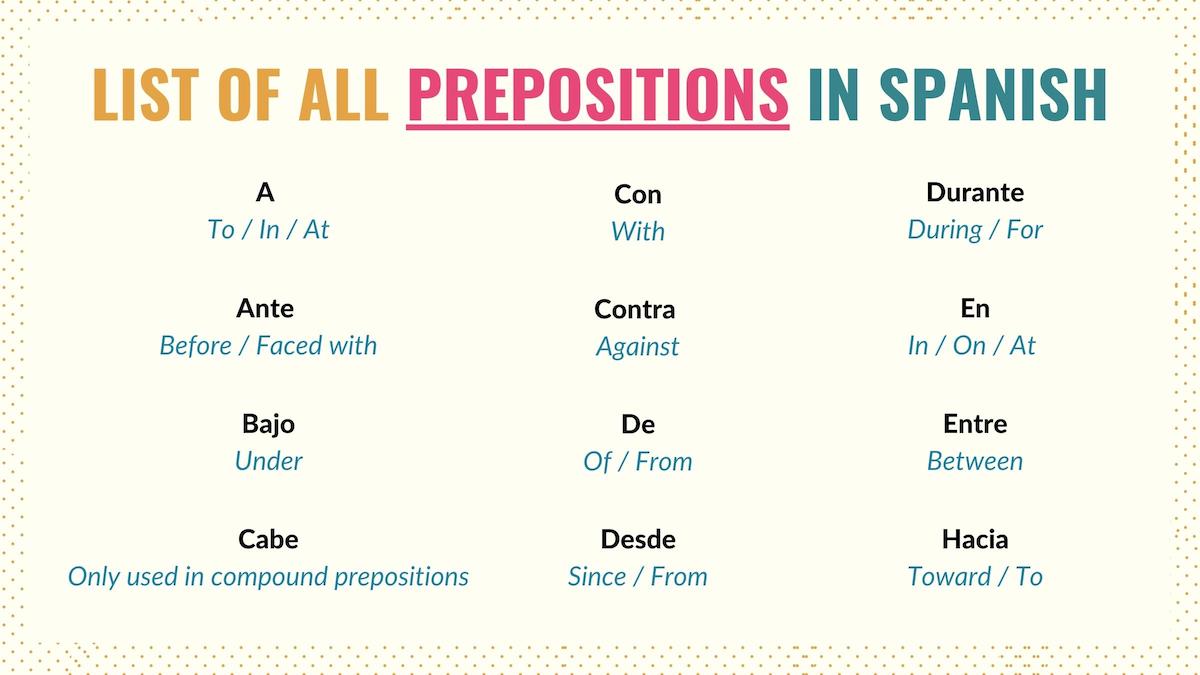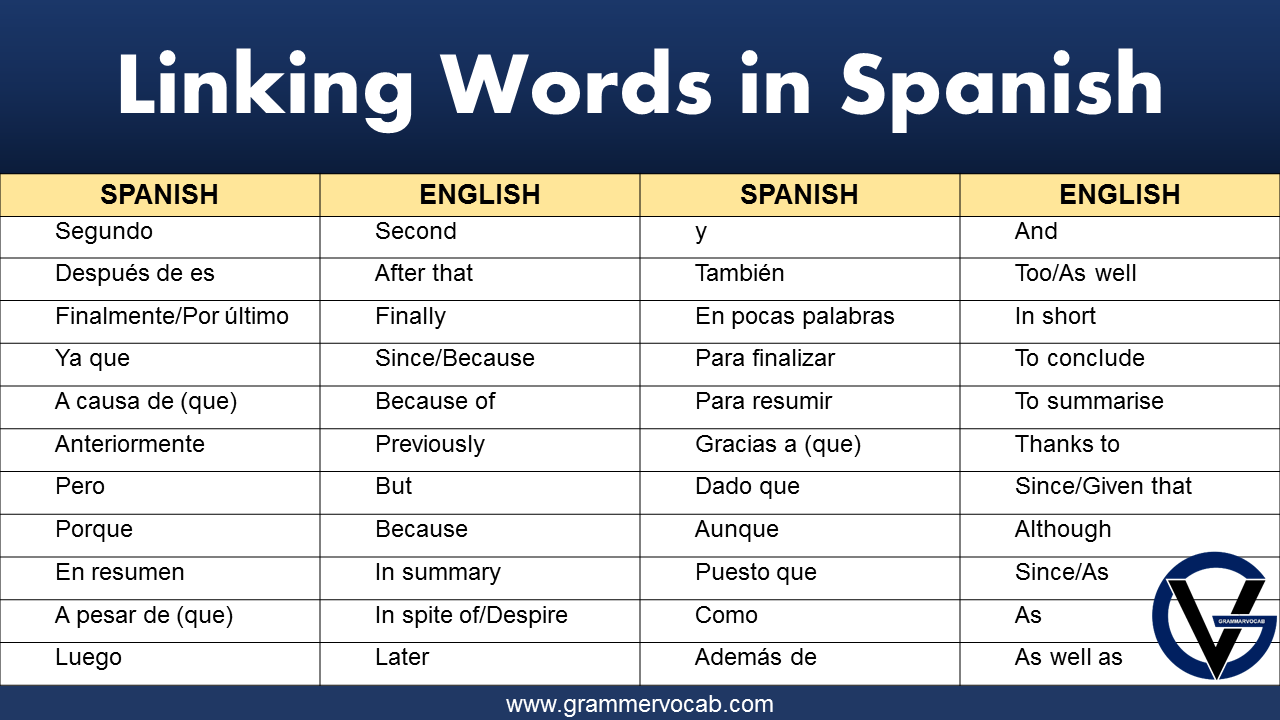The Significance Of "First To Move" In Spanish-English Translation
The Significance of "First to Move" in Spanish-English Translation
The Significance of "First to Move" in Spanish-English Translation
Introduction
In this auspicious occasion, we are delighted to delve into the intriguing topic related to The Significance of "First to Move" in Spanish-English Translation. Let’s weave interesting information and offer fresh perspectives to the readers.
Table of Content

The Significance of "First to Move" in Spanish-English Translation
The phrase "first to move" in the context of Spanish-English translation is often used to describe a particular linguistic phenomenon where the subject of a sentence in English is placed after the verb in Spanish. This seemingly simple grammatical shift holds significant implications for understanding and producing accurate translations.
Understanding the Linguistic Phenomenon
In English, the typical sentence structure follows the Subject-Verb-Object (SVO) order. For example, "The dog chases the ball." However, Spanish, like many other Romance languages, often employs the Subject-Object-Verb (SOV) order, especially when the verb is a transitive verb. This means that the object of the sentence comes before the verb.
Consider the Spanish sentence "El perro persigue la pelota," which translates literally as "The dog the ball chases." The placement of the object "la pelota" (the ball) before the verb "persigue" (chases) is a common feature of Spanish grammar.
The "first to move" principle highlights the importance of identifying the subject of the sentence in English and understanding its placement in Spanish. This principle is particularly relevant when translating sentences with transitive verbs, as the subject is not always explicitly stated in Spanish.
Benefits of Understanding "First to Move"
Recognizing the "first to move" principle offers several benefits for Spanish-English translation:
-
Enhanced Accuracy: Understanding the grammatical differences between English and Spanish helps translators avoid common errors and produce more accurate translations. By correctly identifying the subject and its placement, translators can ensure that the intended meaning of the sentence is conveyed effectively.
-
Improved Fluency: Familiarity with the "first to move" principle contributes to more natural-sounding Spanish translations. By adhering to the typical Spanish word order, translators can create sentences that are grammatically correct and flow smoothly.
-
Greater Comprehension: Understanding the linguistic phenomenon behind the "first to move" principle helps translators grasp the nuances of Spanish grammar and better interpret Spanish text. This deeper understanding facilitates more accurate and nuanced translations.
Practical Implications
The "first to move" principle is particularly relevant for:
-
Translating complex sentences: Sentences with multiple clauses or nested phrases require careful consideration of the subject and verb placement in both languages.
-
Identifying the subject in Spanish: When the subject is not explicitly stated, translators must rely on context and understanding of the "first to move" principle to accurately identify the subject.
-
Translating idiomatic expressions: Some idiomatic expressions in English may require a different word order in Spanish, highlighting the importance of understanding the "first to move" principle.
FAQs
Q: Is the "first to move" principle always applicable in Spanish-English translation?
A: While the "first to move" principle is a common feature of Spanish grammar, there are exceptions. For instance, in some cases, the subject may be placed before the verb even in English. Additionally, the word order may vary depending on the context and specific verb used.
Q: How can I learn to identify the subject in Spanish sentences?
A: Pay close attention to the context and the verb used in the sentence. Look for clues like noun phrases or possessive pronouns that indicate the subject. Practice identifying the subject in various sentences to develop your understanding.
Q: Are there any other linguistic phenomena that affect Spanish-English translation?
A: Yes, there are many other linguistic phenomena that influence translation between Spanish and English. These include differences in verb conjugation, noun genders, prepositions, and idiomatic expressions.
Tips
-
Practice identifying the subject in Spanish sentences: Engage in exercises and activities that focus on identifying the subject in various contexts.
-
Study common Spanish grammatical structures: Familiarize yourself with the typical word order and verb placement in Spanish.
-
Consult dictionaries and grammar resources: Utilize reliable resources to understand the nuances of Spanish grammar and identify exceptions to the "first to move" principle.
-
Seek feedback from native Spanish speakers: Obtain feedback from native speakers on your translations to ensure accuracy and fluency.
Conclusion
The "first to move" principle serves as a crucial reminder of the grammatical differences between English and Spanish. By understanding this principle, translators can produce accurate, fluent, and grammatically correct translations. It is an essential element of effective Spanish-English translation, contributing to a deeper understanding of both languages and facilitating communication between cultures.








Closure
Thus, we hope this article has provided valuable insights into The Significance of "First to Move" in Spanish-English Translation. We appreciate your attention to our article. See you in our next article!